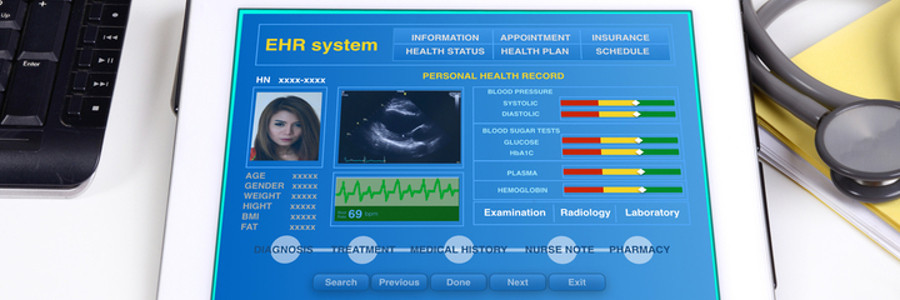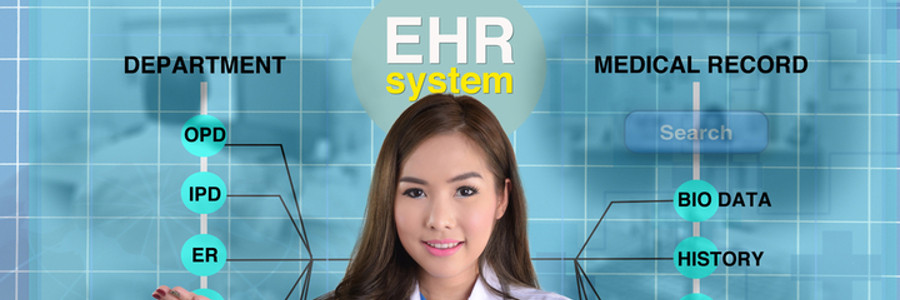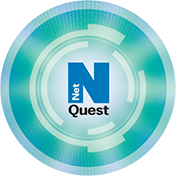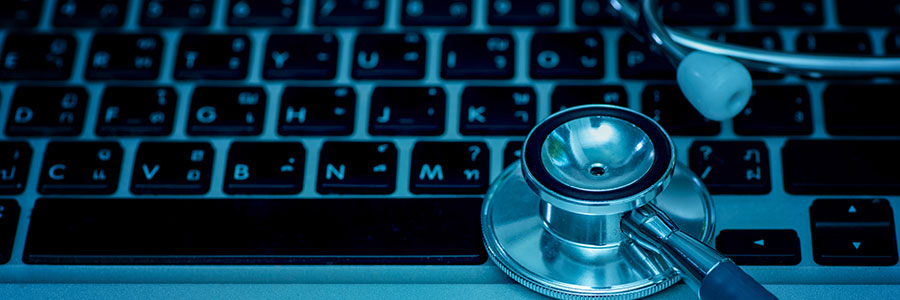The healthcare industry has come a long way from paper charts to electronic health records (EHRs). While some healthcare providers have fully embraced the transition, others are still reluctant to make the move. But with the increasing use of technology in all aspects of our lives, is transitioning to EHRs really a smart move for healthcare organizations?
What are electronic health records?
An EHR is a digital version of a patient's paper chart.
From paper charts to digital data: Is transitioning to EHRs a smart move?

How technology is revolutionizing healthcare
The pros and cons of EHR systems
EHRs: Are they worth it?

Digitization is significantly changing the way healthcare organizations deliver care and services to patients. In particular, the use of electronic health records (EHRs) is improving the accuracy and accessibility of patient information. Despite this, the adoption rate of EHRs is still low and meets resistance from many healthcare providers.
The pros and cons of EHRs

Is digital the way to go for the healthcare industry? Experts see no other way forward, as demonstrated by the popularity of electronic health records (EHRs). However, critics of this new recording process have pointed out major flaws that aren’t present in its traditional counterpart: paper-based recording.
EHR hardware: you need to know

Medical history, vaccine status, lab test results, and other medical records are libraries unto themselves. Checking such files without the aid of computers can be cumbersome. Thanks to EHR, hospital staff can access these information with ease.
EHR stands for “Electronic Health Record,” and a lot can go into getting your practice ready for one of these data-sharing, network-connected, enterprise-wide information systems.
Benefits of virtualization for healthcare
The EHR vs traditional record debate
The fact that the world is going digital is unprecedented. With that in mind, the healthcare industry has also decided to embrace the digital trend in the form of EHRs. Short for electronic health records, this new type of data management system aims to improve on traditional paper-based ways.
Hardware for Electronic Health Records

Computers have changed the world in so many obviously amazing ways that cataloguing them is hardly necessary. But what about the more mundane areas of business where technology has changed things, such as with assembly lines or recordkeeping systems? Digital technology has in fact totally transformed the latter, especially in the healthcare industry with something called EHR.
EHR stands for “Electronic Health Record” and a lot can go into getting your practice ready for one of these data-sharing, network-connected, enterprise-wide information systems.




